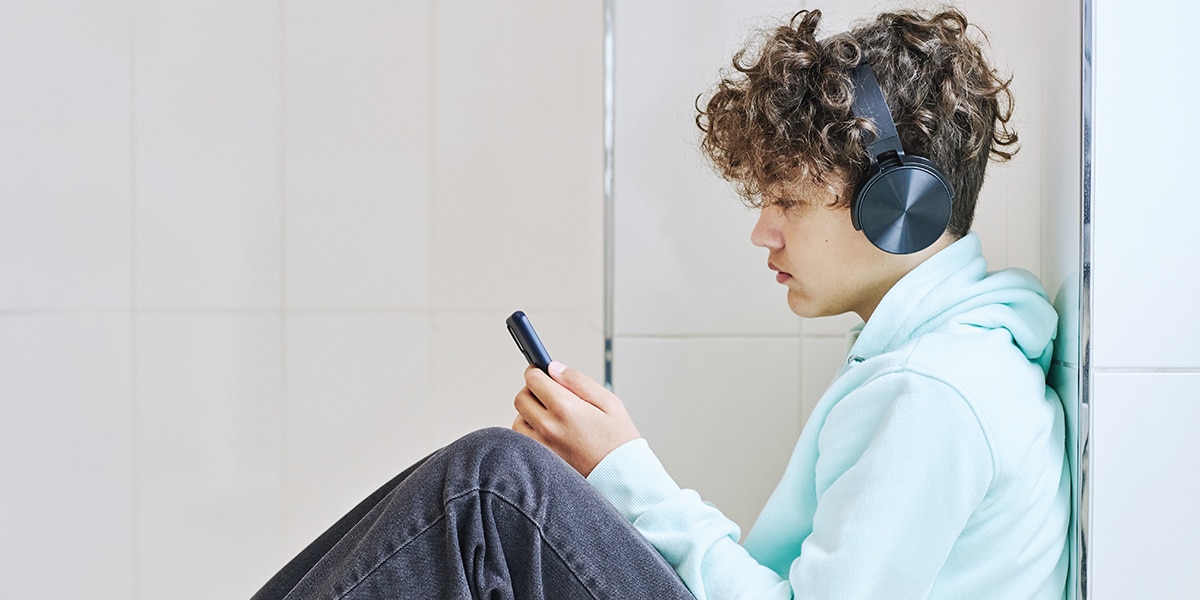The social media fever broke for me long before Elon Musk acquired Twitter. It was before the Facebook-Cambridge Analytica scandal and before we learned what Instagram can do to developing minds. It happened before people started posting their Wordle scores or vacation pictures or videos of kindergarten “graduations.”
For me, it happened on December 31, 2017, when Internet celebrity Logan Paul and his entourage traveled to a forest at the base of Mount Fuji in Japan, a popular spot for those intent on self-harm, and uploaded a video to YouTube, mocking the body of a man who died by suicide. Paul took the video down the next day, but the controversy reportedly netted him 80,000 new followers. At that point, I realized social media was a runaway train.
Yet I cannot fully extract myself from it—and that’s by design. A recent Harvard University study reported that sharing personal information on social media triggers the same part of the brain that lights up when we ingest addictive substances. And with our smartphones always nearby, it’s like an abusive relationship we cannot seem to quit. It’s even harder for young people.
Log On, Tune Out
While we as adults can study the dangers of social media, our youth have a much harder road. A 2023 report by the surgeon general called “Social Media and Youth Mental Health” showed that “up to 95 percent of youth ages 13 to 17 report using a social media platform, with more than a third saying they use social media ‘almost constantly.’” This means heavy social media usage pits young minds against algorithms they are not prepared to handle.
Though social media has brought about great social change and connectivity around the world, we must continue to talk about its negative effects on our youth, especially girls. The same surgeon general report showed that “social media may perpetuate body dissatisfaction, disordered eating behaviors, social comparison, and low self-esteem” among adolescent female users. That’s like facing a tidal wave of peer-to-peer harassment and the inevitable self-loathing that follows.
Certainly, as parents, grandparents, aunts, uncles, coaches, teachers, or mentors, we can set healthy limits on social media usage while young people are in our care. It’s also up to technology corporations to put in stronger safeguards, such as enhanced privacy for children, and commit to full transparency about how their channels can harm young minds.
Instagram, studies have shown, is the most detrimental to adolescents. But with 1.35 billion users, it’s a monster that isn’t going away. Psychologists agree that dialogue with young people is more effective than banning apps outright. Kids will find their way back to them. But aside from their minds, what can we do to safeguard their spiritual well-being? Pope Francis has something for us to consider.
User Error
At the 2022 World Congress of SIGNIS in South Korea, the pope told us that accompanying the youth of today is more effective than coercing them off these platforms. We should, he said, give “particular attention to the need to assist people, especially young people, to develop a sound critical sense, learning to distinguish truth from falsehood, right from wrong, good from evil, and to appreciate the importance of working for justice.”
That’s good advice—if a bit idealistic. It’s a tall order to limit social media usage, because it’s habit now. That flush of pity, praise, adulation, or envy that we seek is intoxicating, but it might also speak to our own self-worth. Maybe the best we can do is find out what we’re looking for within that digital space and use it to empathize with young adults who want acceptance and belonging. Maybe it’s high time we all ask ourselves this question: How many likes do we really need to feel loved?








